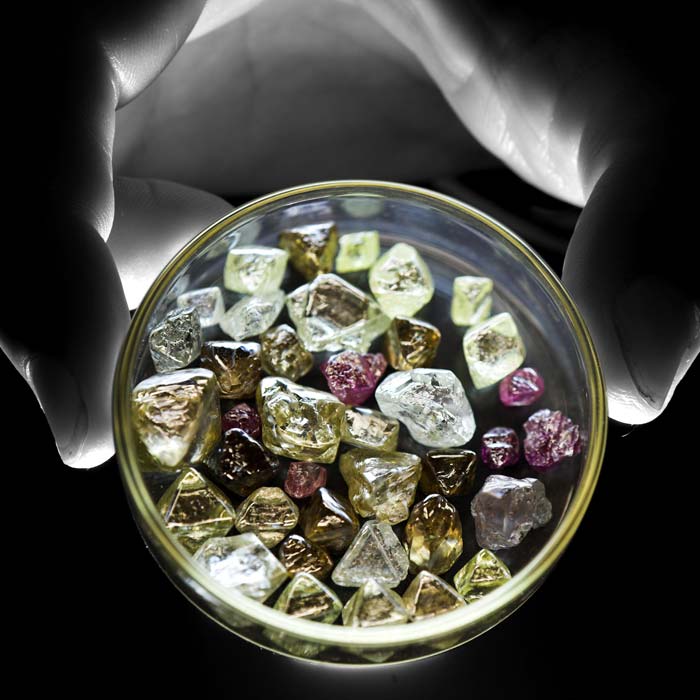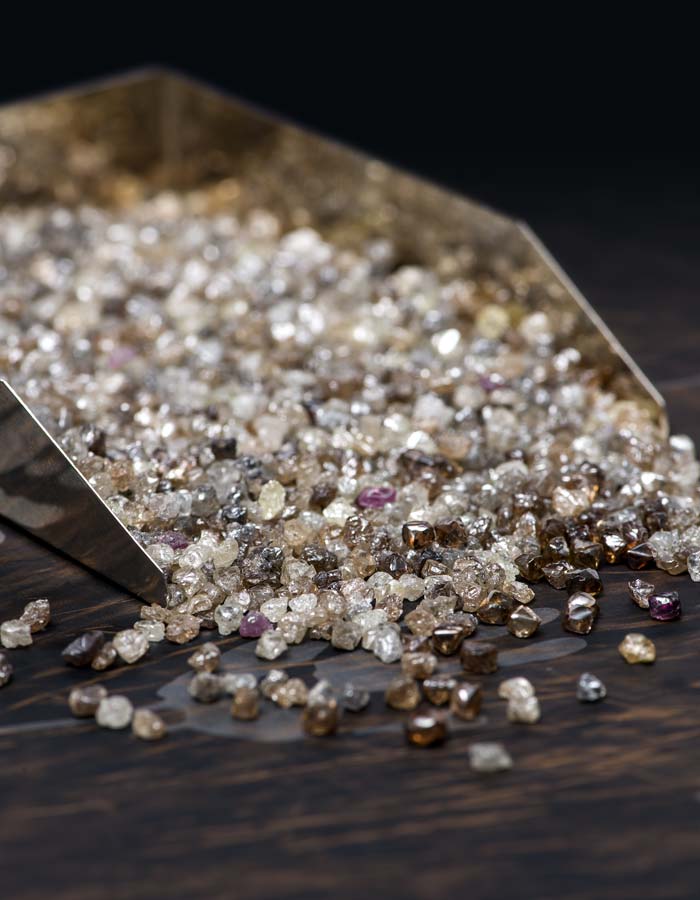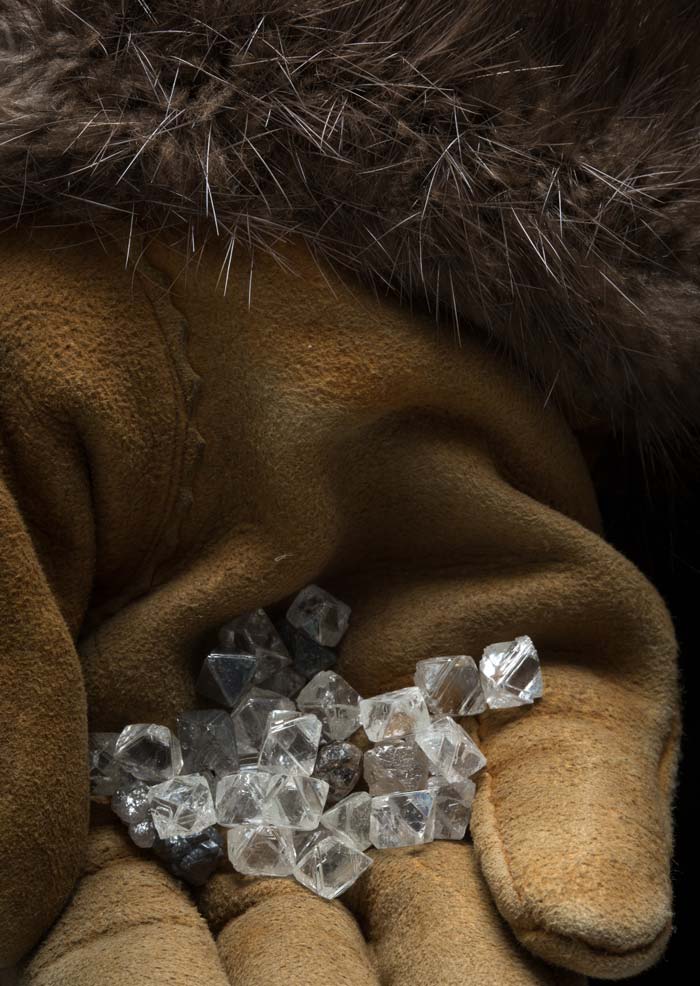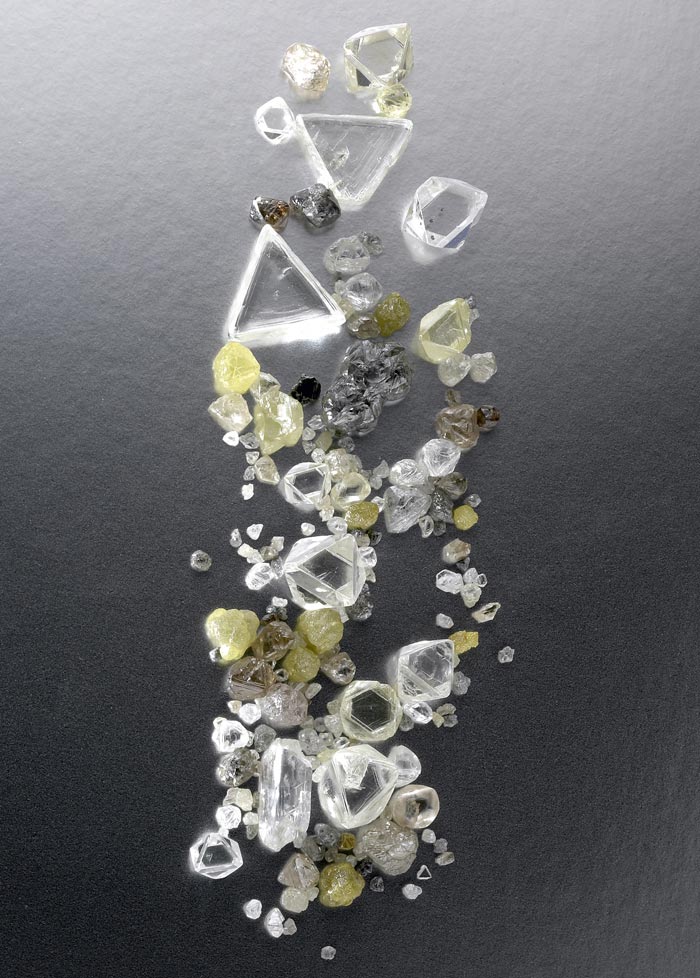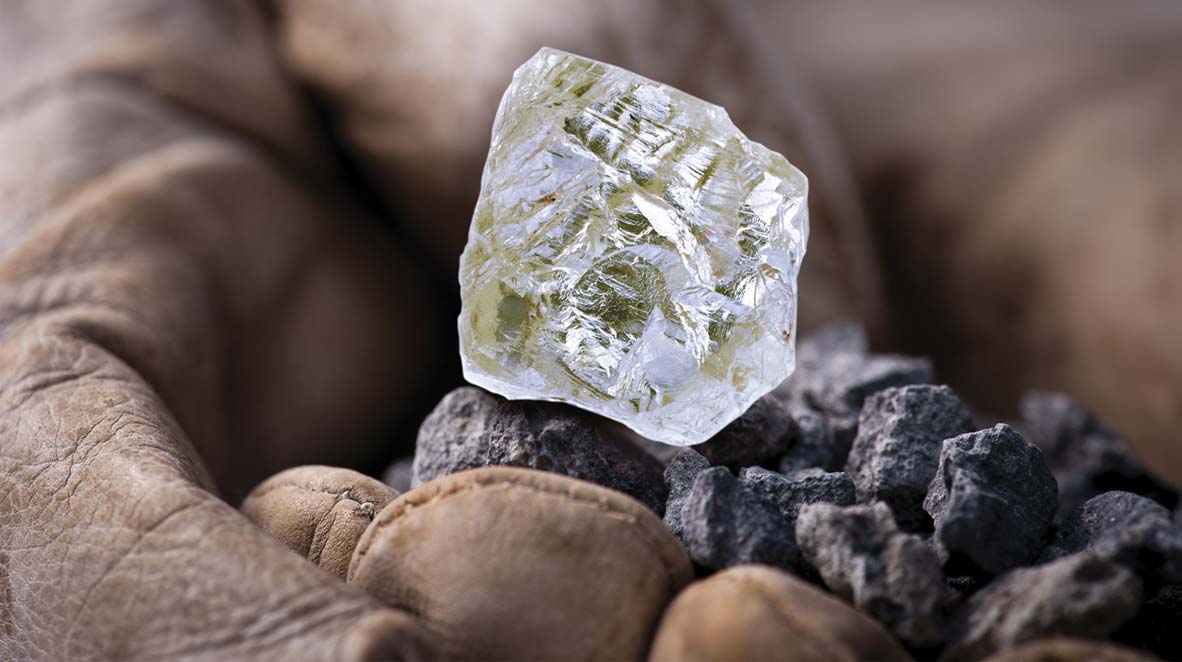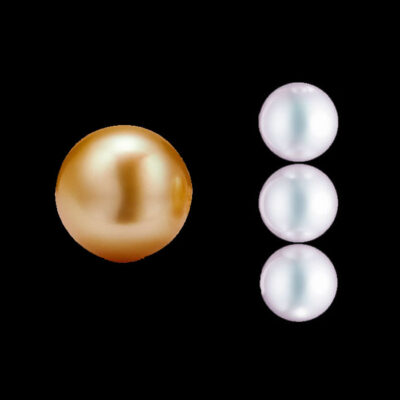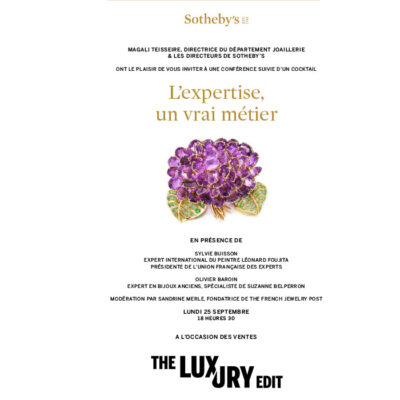Business
09 September 2018
Share
Jean-Marc Lieberherr and the Diamond Producers Association
Consumers are decidedly losing their passion for the diamond, the precious stone long considered a symbol for love, and the result is falling prices. To revive them, Jean-Marc Lieberherr launched the Diamond Producers Association in 2016.
What’s the purpose of the Diamond Producers Association?
DPA needs to resuscitate consumers’ enthusiasm for diamonds by reminding them of their unique value. Diamonds are a genuine miracle of nature: what else in our daily lives is three billion years old? We also emphasise the enormous changes that have come about since the film Blood Diamonds. These include the Kimberley Process and the Responsible Jewellery Council, which now regulates transparency in terms of provenance. We also need to do away with all the old fantasies about this world – the secret handshake deals, the exchanges of briefcases filled with thousands in cash, and such like.
You are the one behind the Diamond Producers Association: what gave you the idea?
After 15 years with LVMH and Unilever, I created and directed the diamond marketing department at Rio Tinto. Among other things, it involved promoting stones from Argyle in Australia: the only ones with that extraordinary pink shade. I was then in charge of all the activities including the mines. That showed me how far the entire diamond industry was lagging behind in marketing and communication.
Who are the members of the Diamond Producers Association?
Six producers, all in all representing 75% of diamond mining worldwide: Rio Tinto, Al Rosa, Dominion, Petra, Gem, Lucara and De Beers. This is the first time they will be co-financing publicity actions. Before, there was no equivalent to the World Gold Council for diamonds. Until 2007, De Beers was the producer monopolising the sector, and the company itself promoted the stone with an annual budget of $150-$200 million. Then its market share plummeted from 80-90% to 35-50%, and it decided to focus on its own production.
You position yourselves as a reliable source of information as well: people are saying diamonds aren’t that scarce, and there are vast stockpiles …
That’s a total fairytale! No major mines have been pinpointed for 20 years, apart from two in the Canadian Far North. From the moment a mine is discovered, it takes 10 years to assess it and 10 years to develop it, all costing between about $500 million and $1 billion. So the trend is hardly likely to go the other way. Production is predicted to drop from today’s 120 million carats of rough diamonds to 100 million in 2030.
The Diamond Producers Association and its platform “Real is Rare – Real is a Diamond”* are mainly aimed at millenials…
Yes; they are at the marrying age, and engagement rings are still the cornerstone of the business, representing over a third of the market value in the US, and for many retailers even as much as 50%-60%. And even in this digital world, where millennials change their iPhones every six months and know one in 10 of their friends through Facebook, they are sensitive to what symbolises an important time in their lives. That said, in the US, we are beginning to broaden the target to women with a certain purchasing power.
France isn’t one of your priorities?
It’s true that it only represents around 1% of the market (i.e. €1 billion out of 82), and its growth potential is low– in contrast with the US, which represents 45% of the market, and China and India, representing 16% and 7%, which have huge potential for growth. Nonetheless, we will be present in France because it’s still a trendsetter in terms of image, and that’s where you find the leading jewelry companies.
Does the Diamond Producers Association also have to counter the synthetic diamond offensive?
Like all major technology innovations, synthetic diamonds have spawned a welter of conflicting and pretty far-fetched information. Their producers have positioned them as true diamonds that are even better than the natural version because they are eco-friendly and cheaper. De Beers’ recently-launched LightBox brand, featuring cultured diamonds, is fortunately going to clarify its position as an attractive industrial product well-suited to use in fashion or fancy jewelry – which at $800 per carat is perfectly legitimate.
*The “Real is Rare – Real is a Diamond” platform was set up with the Union Française de la Bijouterie, Joaillerie, Orfèvrerie des Pierres et des Perles (UFBJOP), the Laboratoire Français de Gemmologie (LFG) and the Comité Francéclat



